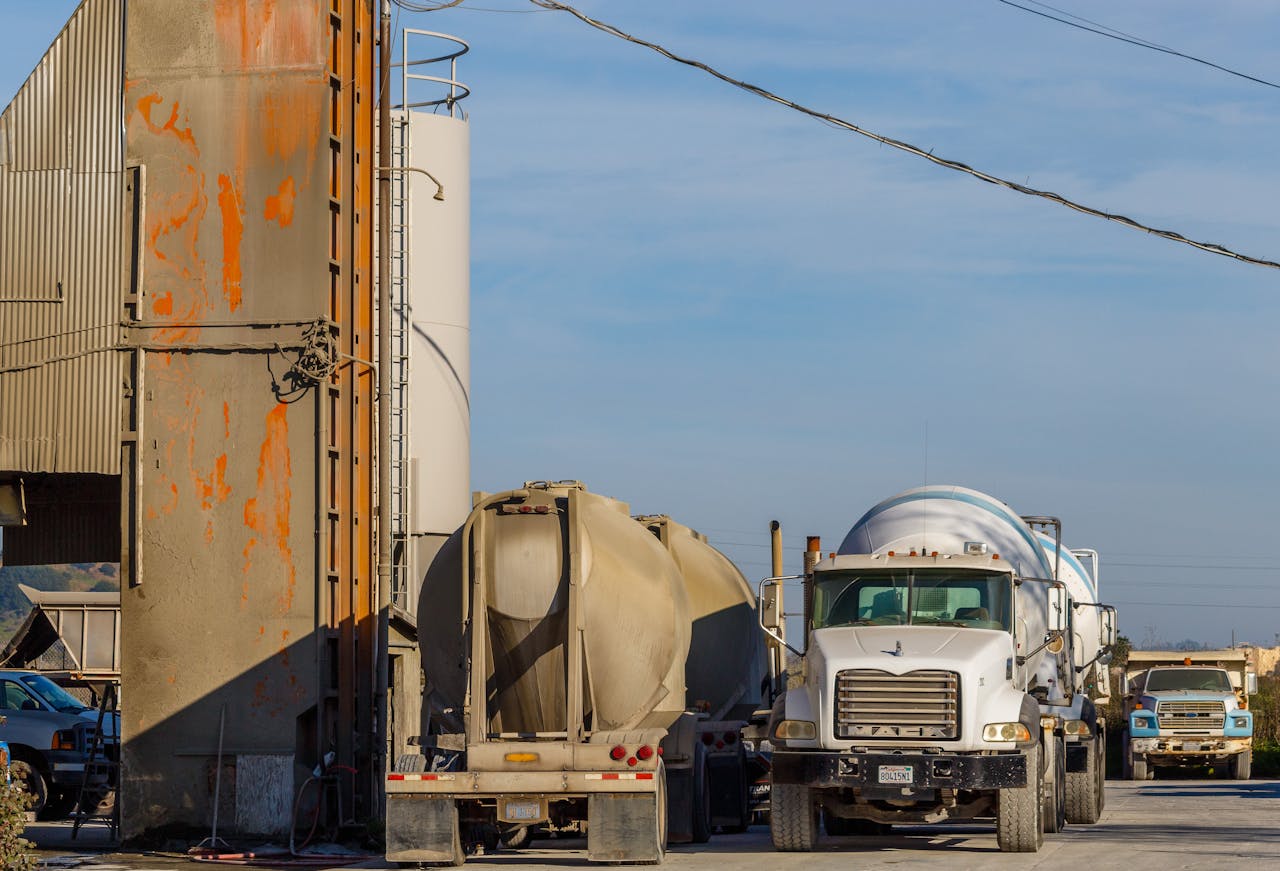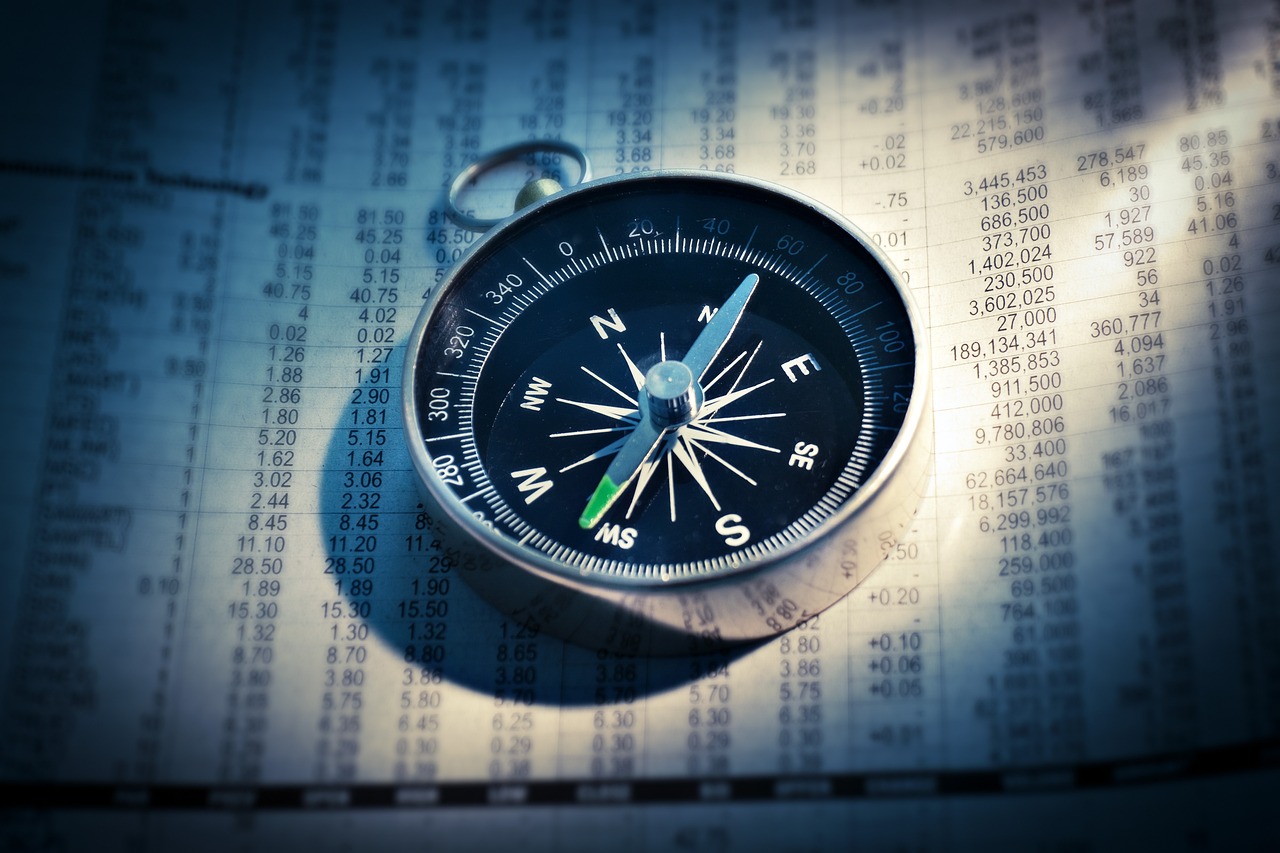In the complex ballet of international commerce, import/export businesses often find themselves dancing to the tune of geopolitical shifts. With recent trade tensions and the implementation of tariffs shaking the foundations of global trade agreements, these businesses are compelled to navigate these choppy waters with both astuteness and agility.
Understanding the Landscape
The first step toward stability is a comprehensive understanding of current trade agreements and regulations. Businesses must stay informed about ongoing negotiations, newly imposed tariffs, and policy changes that could affect their operations.
Diversification Is Key
Diversification of markets and products can be a lifesaver. Exploring new markets reduces the risk of overreliance on any single country or product. By spreading out interests, businesses can buffer themselves against targeted tariffs and the volatility of bilateral trade disputes.
Supply Chain Resilience
Building a resilient supply chain is crucial. This involves vetting suppliers for reliability under stress, ensuring multiple sourcing options, and investing in logistics that can adapt to sudden changes in the trade environment.
Leverage Technology
Technological solutions, such as blockchain and AI, can streamline operations and offer real-time insights into market trends and regulatory changes. By leveraging technology, businesses can enhance their responsiveness to emerging challenges.
Engage in Advocacy
Active engagement in trade advocacy groups can provide a platform for influencing policy and making collective appeals for fair trade practices. There’s strength in numbers, and a united front can be an effective deterrent against unfavorable trade measures.
As we ponder the strategies to maintain equilibrium in the tumultuous seas of trade, we invite you to weigh in on some thought-provoking considerations:
- While diversification is often touted as the panacea for trade instability, could it be that it’s not just about finding new markets but about creating more value in the supply chain? How have your businesses adapted to add more value?
- The balance between technology for trade logistics and the human element in negotiation and relationships is delicate. How do you balance technological advancements with the traditional roots of trade relationships in your practice?
- Policy advocacy can sometimes feel like a David versus Goliath scenario for small businesses. Is there truly power in numbers, or are the trade rules of the game still written by the elite few?
- In the context of trade wars, some argue that no one wins and it’s a race to the bottom, while others claim they are necessary to protect domestic industries. Where do you stand in this debate, and why?
- Tariffs have economic and political impacts, but the social implications are often overlooked. Could there be a hidden social cost to these trade barriers that we are yet to fully understand?
While the import/export business is inherently subject to international dynamics, the right mix of foresight, innovation, and strategy can provide a degree of insulation against the unpredictable winds of trade wars and tariffs. As the world grapples with these issues, agile and informed businesses are likely to not just survive but thrive. Now, let’s start the conversation—share your thoughts and experiences in the comments below.







